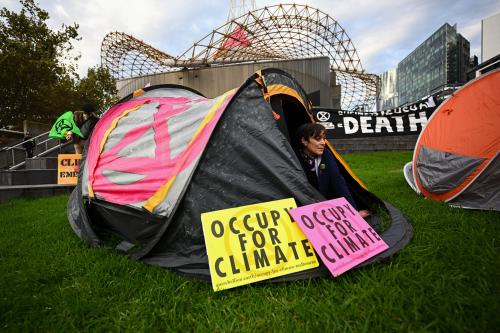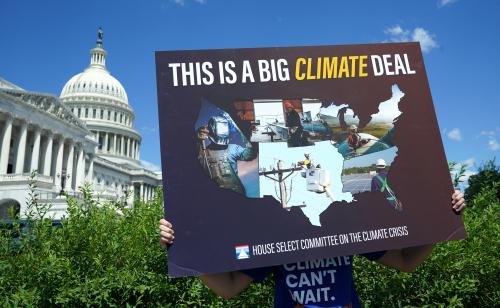In our post on Wonkblog today, we discuss the discrepancies in state carbon-intensity standards contained in the EPA’s Clean Power Plan. In the attached document here, we try to provide interested readers with a deeper understanding of how EPA derived its goals by walking through its calculation process step by step.
The EPA’s calculation process involves four “Building Blocks,” each reflecting a different way of lowering a state’s average carbon-intensity from its power sector: improved coal efficiency, redispatch of generation from coal and oil to natural gas, growth of renewable energy, and improved demand-side energy efficiency. Each block yields an incremental expectation of improvement for each state; summed together, they yield a binding state standard. States need not meet EPA’s expectations for every block, but they must devise a plan expected to produce equivalent total improvements by 2030.
The information that this document is based on came from the EPA’s website and from Appendix 1 and 2 to the Goal Computation Technical Support Document.



Commentary
Understanding the EPA’s Math
July 16, 2014